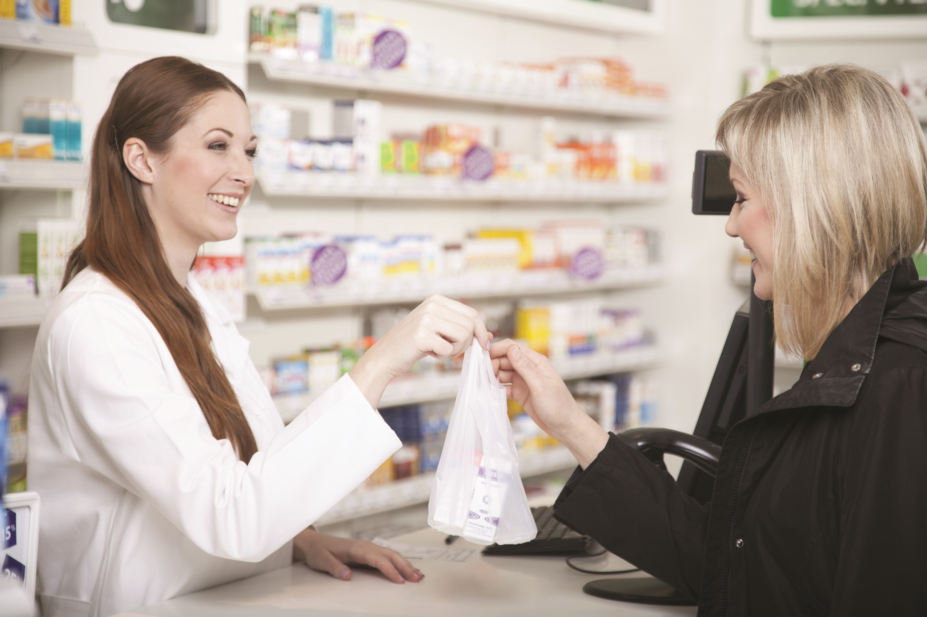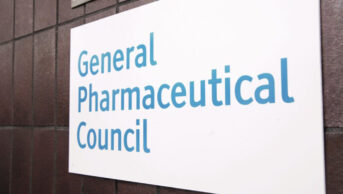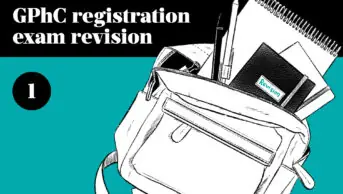
Shutterstock.com
Pharmacies will be able to continue to supply patients with prescription medicines in plastic bags where necessary without charge, under the extension to the charging scheme announced by prime minister Theresa May in a speech at the London Wetland Centre in west London on 11 January 2018.
The extension was unveiled as part of the government’s 25-year plan for the environment, which sets out initiatives to create richer habitats for wildlife, improve air and water quality, and curb the use of single-use plastic.
Since 5 October 2015, supermarkets and other large shops in England with more than 250 employees have been required to charge 5p for single-use plastic carrier bags.
The government says that the charge has reduced use of carrier bags by 85% and it now plans to expand the charge to include smaller retailers.
Exemptions to the new rule
Under the law, single-use plastic bags can only be provided free of charge if they contain certain items, such as unwrapped food, raw meat and fish where there is a food safety risk, uncovered blades, seeds, bulbs and flowers, live fish or prescription medicines.
May said: “We have seen a powerful example over the last couple of years of the difference that a relatively simple policy can make for our environment. In 2015 we started asking shoppers to pay a 5p charge for using a plastic bag. As a direct consequence, we have used nine billion fewer of them since the charge was introduced.”
This success should inspire us, she said: “So to help achieve our goal of eliminating all avoidable plastic waste, we will extend the 5p plastic bag charge to all retailers, to further reduce usage. And next month, we will launch a call for evidence on taxes or charges on single-use plastics.”
You may also be interested in

Pharmacy regulator considers giving up legal authority to conduct covert investigations of pharmacists

More than 40% of people with ADHD waiting at least two years to access mental health service, study finds
